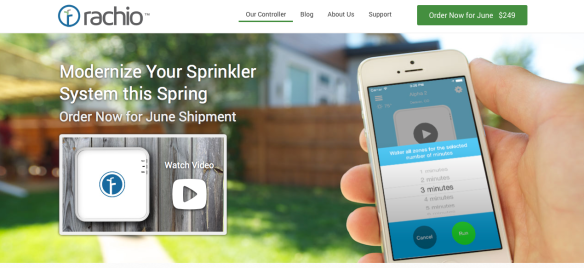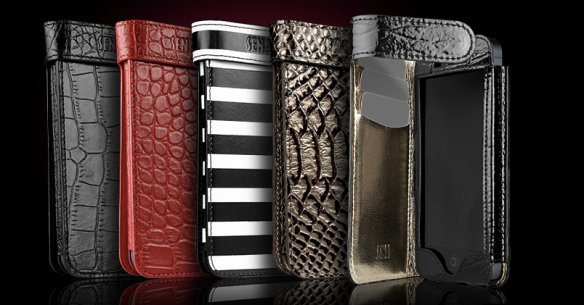
Over the years, Channel Pacific has been involved with many early stage bootstrapped, angel funded or private placement funded technology companies looking to bring their consumer product or service to the retail market. I am often asked by early stage companies about the things that I believe are most important to being successful in bringing technology products to the retail channel. Here is my top 10 list:
1. Brand – have a brand story. Believe it. Be focused, not too general. Nobody believes that your early stage company will kill Logitech with its overly broad line of accessories products.
2. Elevator pitch – be able to communicate your company value in an effective and compelling way to anyone, anywhere through any medium including short conversation (the “elevator pitch”), presentation, email, or voicemail. In venture capital circles, you will be told that early stage companies will not be funded if the elements of a sizable available market, strong executive team, competitive advantage and/or defendable intellectual property, ability to scale your business and customer traction are not in place. Use this information and build a better pitch. Your ability to tell a compelling company story, not your 100 slide presentation, will get people behind you. Ask any seasoned CEO.
3. Marketing Strategy – The 4P’s of marketing. It has never been more important to get the product design (including packaging), pricing, positioning and promotion plans optimized before launch. Find an angle. Do some market research. Leverage PR as the best low cost way to get the word out about your products. Make sure to have a product roadmap and a channel strategy. Selling to any retailer who will take your product is not a channel strategy.
4. Strategic Selling – Use industry veterans like Channel Pacific to help you move quickly. Industry experience and networks can help you get from 0 to 60 mph in no time. Get in front of targeted retailers after high fidelity functional prototype and retail packaging concepts are complete. (BTW, no retailer wants to waste their time looking at your popsicle stick model). Get feedback on features, price point, margin requirements, competitors and logistics requirements from each retailer and leverage feedback before releasing final product. Collaborate with key retailers to make them part of the process.
5. Channel Rollout – Be smart about timing, retail partners and limit channel conflict. You and I like to feel special, so do retail buyers. No real partner should be the last one to know about your launch. Be mindful as to how to engage distribution and consider things such as promotions and/or minimum advertised price requirements (MAP).
6. Inventory and Cash flow – all early stage companies must deal with the issue that cash is king. Plan for your cash to be tied up as product inventory is shipped from overseas, routed through distribution and ground shipped to retail hubs and on to stores. Next, expect net 60 terms and like any other industry, payment is not always prompt. Chances are that if your inventory does not sell through in retail, you will get the product back. There are lots of terms and conditions to consider. All of these factors should impact how you go about item 5 above.
7. Logistics and support – You cannot support a major retailer logistically if you have a small team. Outsource key functions such as warehousing, reverse logistics and customer support. In fact, outsource as many non-core tasks as possible so you can focus on brand and product.
8. Build a community – Use social media to help build a supportive community around your brand and products. Cultivate the early adopters and create evangelists that are worth their weight in gold. Use community feedback to make your products better.
9. Always look forward – The life of a CE product is very short – let’s say 9-18 months. Ongoing product refreshes are a necessary part of the business. Have a product lifecycle plan. Manage it well. This process is much like running on a hamster wheel but a necessary part of what we do. Enjoy it.
10. Reevaluate steps 1-9 on an ongoing basis – As you are successful, all the above will need to be reviewed again and again. Scaling a business means adding resources, re-looking at partners and redefining products and channels. What worked this year will break next year. Pat yourself on the back, getting here means that you have now achieved some level of success…
Your thoughts? How does your top 10 compare?







